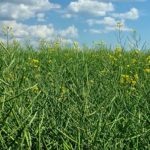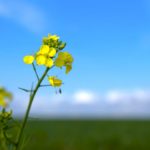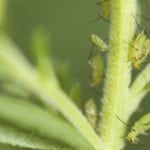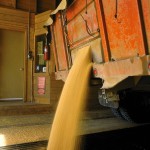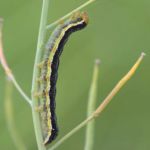Winnipeg | CNS Canada – The Flax Council of Canada has announced a new operating structure; restructuring its board and joining forces with the Canola Council of Canada. The move comes six months after the council shuttered its Winnipeg office and reduced its services. “It’s clear that Canadian flax has tremendous potential, both on the








